11 Greatest Investors of All time: Their Returns and Strategies
Last updated: Jun 27, 2022

Looking on how some of the greatest investors of all time have invested we can better see what has worked. Their are many paths towards investing as we will see i this article.
Their are investors who invest in totally different ways to each outher but they still are very profitable. Going their own ways and still succeeding, investing can work out for most of us as long as the strategy is sound to begin with.
Carl Icahn
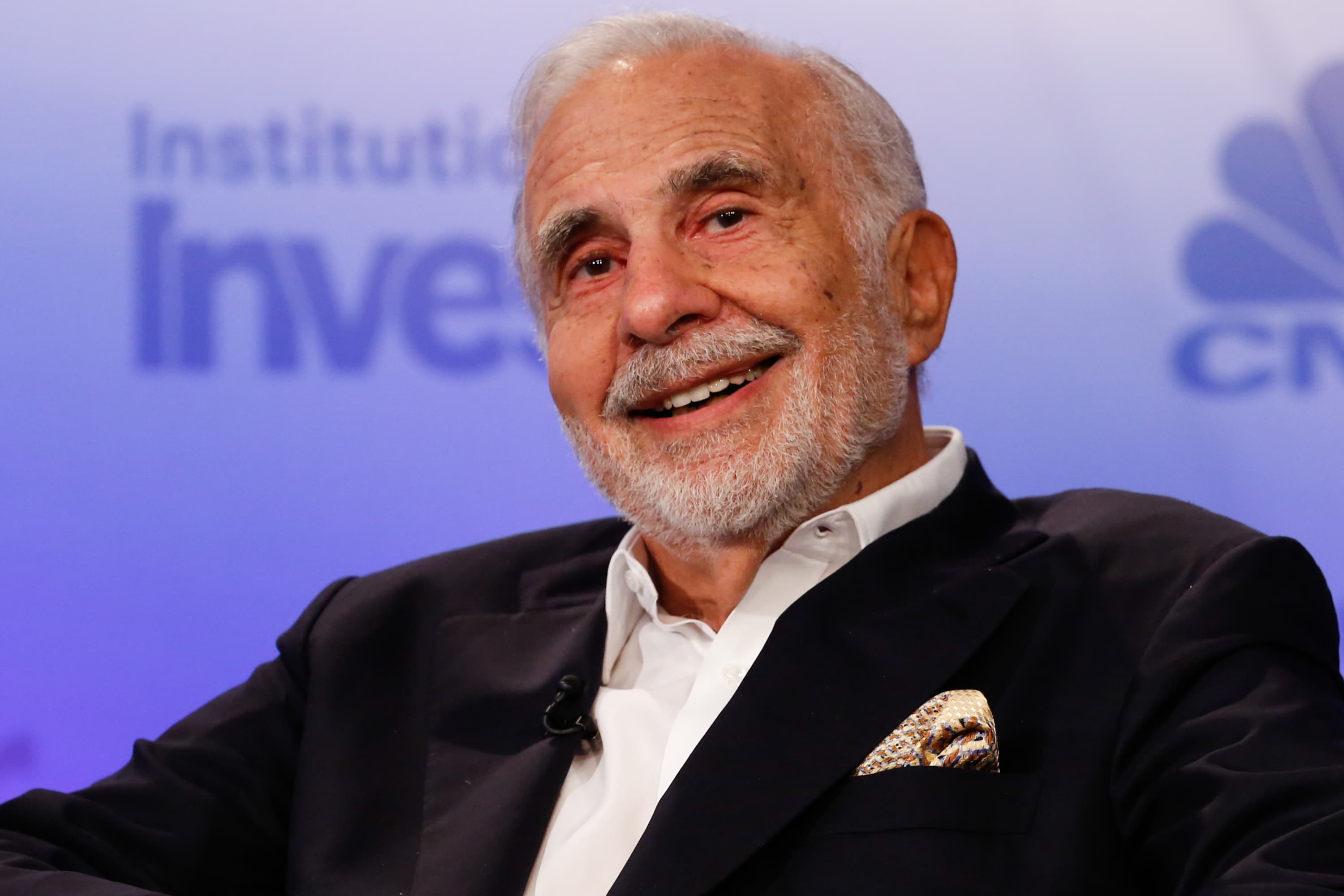
Average return: 31%
Between 1968 to 2011 total of 43 years.
My investment philosophy, generally, with exceptions, is to buy something when no one wants it. - Carl Icahn
He implements value investing and buying stocks he see is undervalued and poor manganged. He often start by low P/E or low P/B.
If the stock declines after he purchases it he buys more like other value investors do.
He is know to be relentless that he forces companies to do changes he want. All to pump up the stock price. Then he sells them.
Think of stocks as pieces of businesses and not just as a piece of paper.
In life and business, there are two cardinal sins. The first is to act precipitously without thought and the second is to not act at all. - Carl Icahn
Stay calm and patient and not not make a investment decision impulsively. But when the time is right you should act aggressively.
Always keep your eyes open and never act impulsively. Be greedy when others are fearful and fearful when others are greedy.
Bet big on your best ideas while having a long-term mindset. But a short term mindset is also wise sometimes. He is a active trader so short term holdings are also his thing.
Benjamin Graham
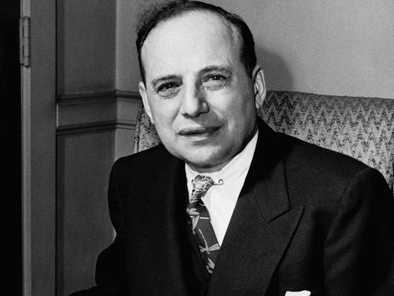
Average return: 20%
Between 1936 to 1956 a total of 19 years
Performance of his strategy (Scroll down for chart)
Aka “father of value investing” taught Warren Buffet and has written several books explaining his strategy and mindset.
Always start from from a value investing approach and then go from there. He talked a lof about Margin of safety, buy and hold, dollar cost averaging, minimal debt, investor psychology.
Deep value investing also originates from benjamin graham and if your familiar with the gamestop short squeeze you will know that it was “deep fucking value” that started it.
Here is his 10 commandments on stock picking that he explains in chapter 14 in his book: The Intelligent Investor
- Earnings to price of at least twice the AAA bond rate
- P/E less than 40% of the highest P/E the stock has had over the past 5 years
- Dividend Yield of at least ⅔ of the AAA bond yield
- Stock price below ⅔ of tangible book value per share
- Stock price below ⅔ of Net Current Asset Value
- Total debt less than Bookvalue
- Current ratio greater than 2
- Total debt less than 2 times Net Current Asset Value
- Earnings Growth of prior 10 years at least 7% compounded rate
- Stable growth of earnings that no more than no more than 2 declines of 5% or more in year end earnings in the prior 10 years are permissible
Warren Buffet

Average return: 20.1%
He is probably the most famous investor. He built his investment strategy around value investing from his teacher Benjamin Graham.
Investing in yourself is the greatest thing since nothing can take it away from you.
And his investment style seems pretty easy, he tries to buy companies for less then their worth or intrinsic value.
The best companies are the onces you can buy and hold forever.
Buying assets rather than speculating on stuff that isn’t worth anything other than it’s resell value. Gold and bitcoin dosen’t really produce any value according to this principle.
Look at the business and not the price, volatility is high in stocks and just because someone is willing to pay a much lower price for something dosen’t mean its worth it you.
Stay in buying business you understand and find what your competent at is the most important thing according to Warren Buffet. Peter Lynch also have a famous saying “buy what you understand” so Warren Buffet is not close to alone in this matter.
Play big and dont waste opportunity, buy when there’s a opportunity. Going small is almost the same as not doing it at all.
He has two rules.
- Don’t lose money
- Dont forget number one
John Templeton

Average return: 15%
Between 1954-1992 a total of 38 years
Value investor who believed in having many stocks to choose from. He was one of the first to invest in so many countries and being successful.
Following the fundamentals and getting guided by the numbers he chose his stocks. Not getting influence on day to day news.
He bought so undervalued companies many of them on their way of getting bankrupt. He liked troubled companies that sold so cheap.
He wrote a book: Investing the Templeton Way
John Neff
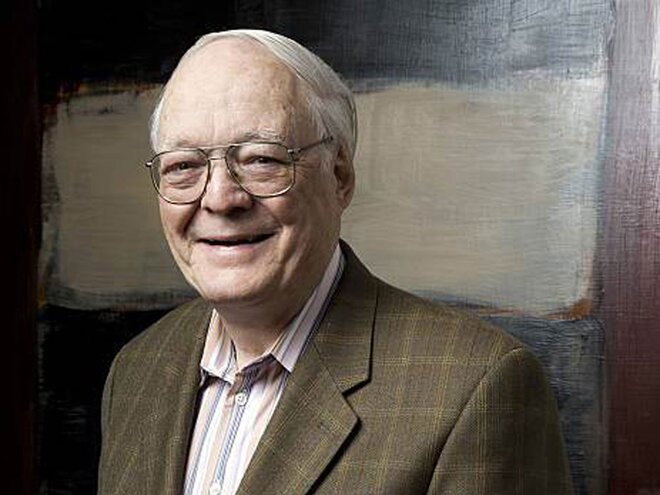
Average return: 13.7%
Between 1964-1995 a total of 31 years
Performance of his strategy (Scroll down for chart)
After his retirement in 1995 he got a annual return of 20% in 10years time in his personal portfolio.
He was a value investor that is know for buying companies with a really low P/E. With at least 7% fundamental growth.
Don’t be afraid to buying companies that is “under market attack”.
If a stock dosen’t do anything you buy more or if you got too much you hold it.
Growth rate + yield of twice the P/E
He bought stocks on average with a 12% growth rate, 2-3% yield so a total return of 15%. Bought for 7.5 P/E. WIth low debt.
In his business portfolio about 10 of the holdings was about 40% of the portfolio. But in his personal he had about 10 companies in total.
When you go after something no one wants then you can find good bargains.
When a stock reached 65% of its appreciation potential he would start to sell about 20-25% of it. And then sell the rest when it reached 40% portfolio appreciation potential.
He wrote a book: John Neff on Investing
Jesse Livermore
Average return: 12.77%
One if not the best trader of all time, if not the best. He always just traded his own capital and never invested for anyone else nor took debt.
He waited till stocks would trade at some pivotal points (40c) then enter the trade.
Book: Reminiscences of a Stock Operator, How to Trade in Stocks
Peter Lynch

Average return: 29.2%
Between 1977-1990 total of 13 years
Performance of his strategy (Scroll down for chart)
He ran the best performing mutual fund in the world. And he also wrote several books.
He believes in a mixed strategy of both growth and value investing. Also getting rid of stocks that overperformes too much since it aren’t realistic returns.
A company with 70% YoY growth is in most cases simply not safe according to Peter Lynch. Since it’s impossible to keep up with that growth for many years.
Also every company in the portfolio must have both value and growth criterias. He didn’t have 50% growth and 50% value stocks but all companies had mixed criterias of both.
He believes that over diversification just for the sake of it can be a bad idea. You have to understand what you buy.
Read more about his investing principles here: GARP Investment Strategy a Hybrid of Growth and Value Investing
George Soros
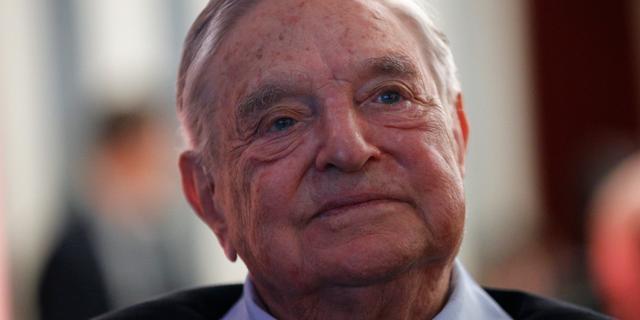
Average return: 20%
Between 1970-2010 over a total of 40 years
He was a legendary trader that did invest in most assets. There is bad speculators and their is george soros who is well known for massively shorting the british pound and earned over a billion dollars that day.
From 1969-1994 his annual returns was 34% so for 25 years he had those massive returns.
Soros way of investing differs a lot from most investors. Global Macro Strategy & Reflexivity (social theory) is mostly what he goes after.
And dosen’t really have a set of rules so I would say he is one hell of a smart speculator.
He says that the market is always changing so we can’t set ourselves up for any rules. And that he profits when the rules are changing
Knowing the fundamentals of a economic is not enough and that’s why social science is crucial according to George Soros.
This is one of the most profitable investors and he dosen’t play by the rules most other do and I love it. There are many ways to invest, and many can be profitable.
If your interested more about philosophy meets investing he wrote a book: The Alchemy of Finance
John (Jack) Bogle

Average return: 13.6%
The creator of the first indexfund this legendary investor has made affordable funds that statistically beats majority of actively traded ones.
His strategy is so simple and yet so well proven to work. The creation of indexfunds have probably been one of the best strategies in investing for the majority of people.
He believed in just buying a indexfund for a lifetime, whenever you have spare cash available using dollar cost averaging.
He wrote this book: Common Sense on Mutual Funds
Michael Steinhardt

Average return: 24.5%
Between 1967 to 1995 a total 28 years
He did buy stocks, bonds, currencies and shorted. So you could say he could invest in almost anything.
He did valuate long-term but then made short term plays. He enjoyed shorting more but it’s also more dangerous. The hardest thing over the years has been having the courage to go against the dominant wisdom of the time, to have a view that is at variance with the present consensus, and bet on that view
He believes in opposing and rejecting popular opinions. To be unsettled, and having a not yet resolved mindset while being humble.
Not accepting the face value of something.
So don’t overestimate your abilities, always be questioning and having a inability to accept things at face value. All while not always be following the crowd.
Do not make small investments. If you are going to put money at risk, make sure the reward is high enough to justify the time and effort you put into the investment decision
Make good decisions even with incomplete information. You will never have all the info you need. What matters is what you do with the information you have. Do your homework and focus on the facts that matter most in any investing situation
Also, make all mistakes early in life and make less mistakes in the future.
Book: No Bull: My Life In and Out of Markets
James O’Shaughnessy
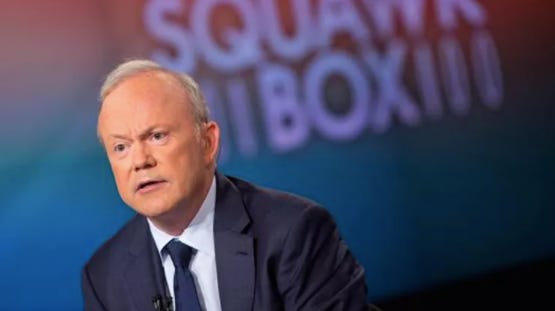
Average return: 17.1%
Between 1954 to 1996 a total of 42 years.
Performance of his strategy (Scroll down for chart)
Quantitative equity analyst is his specialty. He means that you could essentially write a algorithm to invest.
He goes full in in key-ratios and do analyst on what has worked before. Like if you purchased at the 10% lowest PE how would that performed over time? And stuff like that.
He tests out different key-ratios how they have performed over the last 50 years or so and then impediments the best one as his strategy.
Mainly their is fundamental key-ratios but he has been mixing some technical aspects and with great results.
Trending Value Investment have beated the index by about 10% for over 45 years.
And it goes like this, buy the most undervalued companies with the largest price increase over the past 6 months.
In the all stock universe chose the best 10% of stocks based on these valuations:
- Price to book value
- Price to sales
- EV/EBITDA
- Levered free cash flow yield
- Earnings yield
- Shareholder yield
Then with the best 6 month momentum.
He explains in detail his research and strategies in his book: What Works in Wall Street










